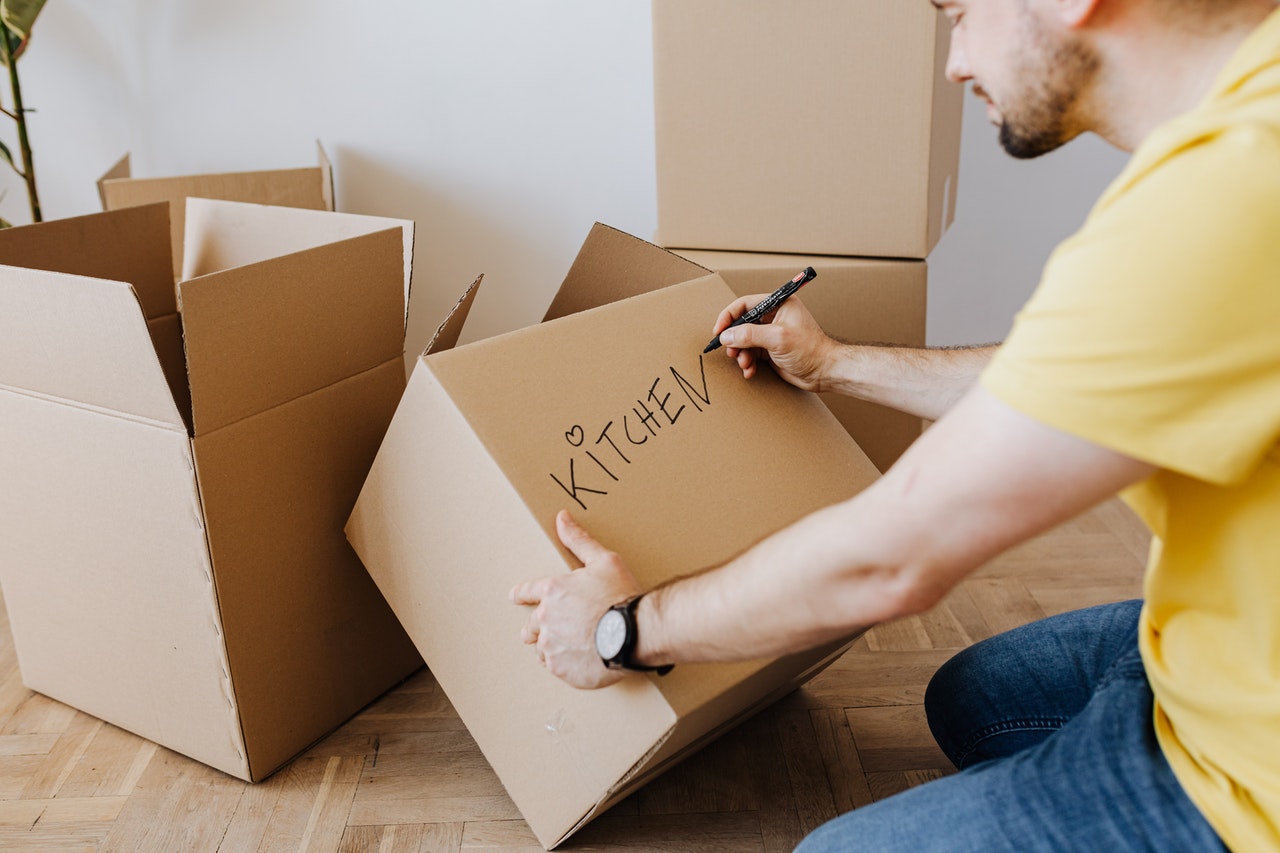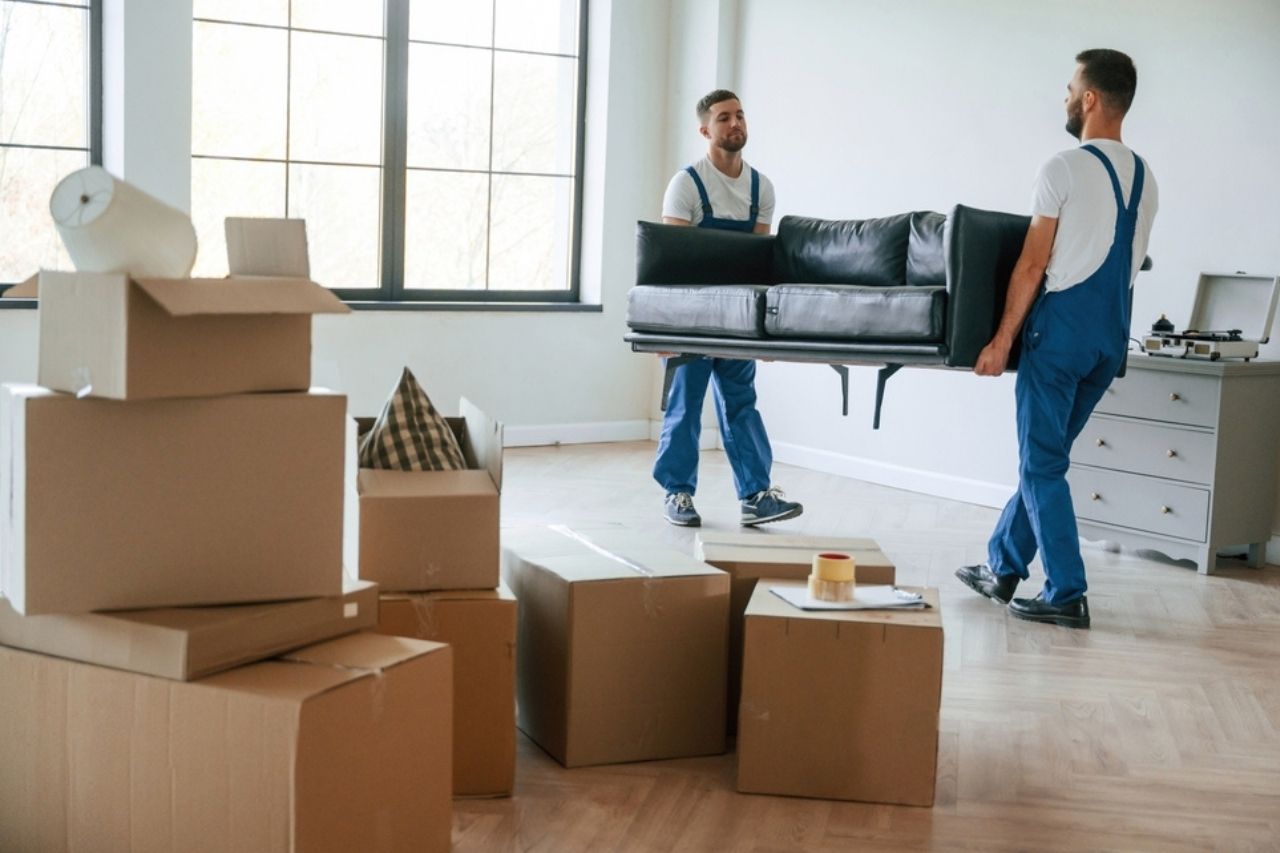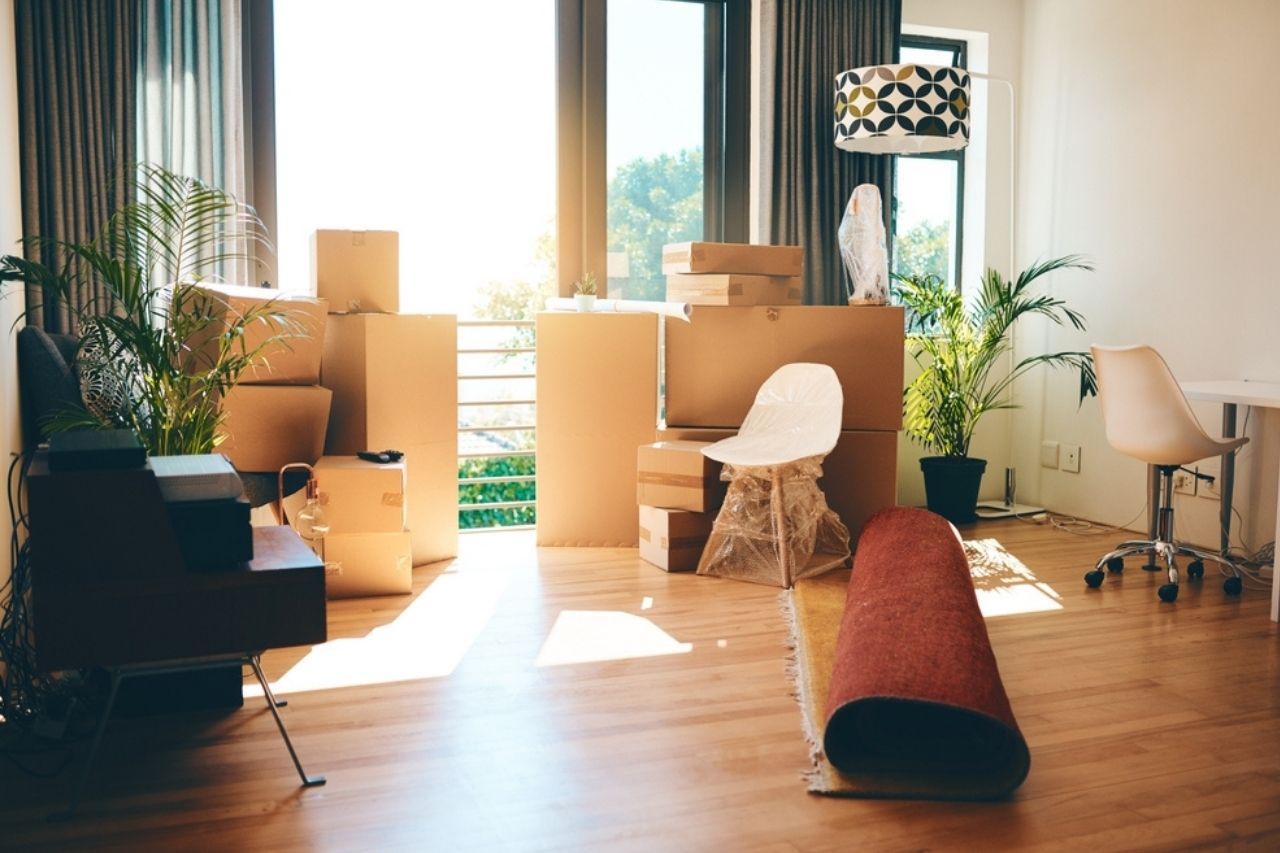9 Kitchen Packing Hacks You’ll Wish You Knew Earlier
You’ve relocated to a new location. It’s all rainbows and sunshine until it’s time to pack. It’s undoubtedly the most challenging aspect of moving. Few activities are as time-consuming — not to mention aggravating — as trying to locate the sticky end of a roll of packaging tape.
We strive to make boxing and unpacking as simple as possible for you. These beneficial kitchen packing hacks can help you save time and money when preparing for a move.
Moving Boxes for Rent
Is this not your first rodeo? Then you’re aware that boxes, labels, and shipping tape may rapidly add up. Purchasing adequate packing items to relocate a one-bedroom apartment might cost over $400. That’s a lot of money for goods that will end up on the curb. Sure, getting free moving boxes is a great way to save money, but it’s not simple for city dwellers who don’t have access to a car.
Renting plastic moving boxes is a cost-effective solution.
Renting bins might save you up to 50% over buying cardboard boxes, depending on where you reside. Plastic ones are also crushproof and waterproof, unlike corrugated ones.
Gorilla Bins, for example, offers two-week rental packages based on the size of your home. Typical inclusions in packages are:
- Medium and big moving bins are available.
- Zip ties (rather than packing tape)
- Labels that you peel and stick
- Delivery and pick-up are both free.
Plastic boxes are frequently washed between rentals at places that rent them. Some firms, such as Bin It and A Smart Move, sanitize after cleaning if you’re a germaphobe.
You may use Google or Yelp to find out where you can rent moving containers in your region.
Make your own vacuum space bag
When packing, items like pillows, blankets, and your Triple F.A.T. Goose jacket take up a lot of room. You could fit more lightweight products into fewer cartons if you compressed items like these. The issue is that vacuum space bags are costly. A set of three big bags would set you back around $20.
Learn how to use an average waste bag, vacuum cleaner, and rubber band to get the job done.
Organizing packed boxes in more ingenious ways
Packing and labeling your belongings by room seems like a good idea. Until you need a specific item, such as a vegetable peeler, which may be in any of the ten kitchen boxes you packed.
To avoid this issue, make a thorough spreadsheet that details the contents of each box. Who has time for that, right?
Using your smartphone or tablet, take a photo of the items inside a box before packing to make things easier to keep track of. To make this method work, give the photo and box the same name for simple identification, such as kitchen box #5.
You may also use organizing software to help you move more efficiently.
Shortly is one of my personal favorites. Users may utilize images and printable Q.R. code labels to generate visual inventory listings for each packed box. In addition, the app will show photographs of the contents of the package when you scan it with your smartphone or tablet.
Make peeling the tape’s sticky end easier
It might be challenging to find the sticky end of a roll of packaging tape. When the tape splits into chunks or stringy shreds instead of nice and tidy pieces, the fight becomes real and oh so frustrating.
Taping boxes will be more accessible if you use a toothpick to mark peel. First, place the toothpick horizontally on the adhesive side of the tape. It should be around half an inch from the end. After that, tuck the tape’s end under to hide the toothpick.
Packing materials on the cheap
It’s not inexpensive to buy bubble wrap and packaging peanuts. In addition, towels, blankets, and clothes may all be used to protect your breakables. However, unless the items you’re packing are spotless, you’ll have a lot of laundries to do once you’ve unpacked.
What should you do instead?
If you have a paper shredder, you’ll probably be shedding a lot of paper clutter while you prepare to move. Instead of tossing it in the recycle bin, you may utilize the shredded paper to cushion blows.
Before using the paper shreds to cushion boxes and fragile things, place them in plastic shopping bags to avoid a confetti-like mess. To prevent spillage, remember to tie a knot at the top of each bag.
Another helpful tip is to use clean plastic bottles in a variety of sizes to keep oddly shaped goods from sliding around within boxes.
How to keep small items organized
Ziplock bags can be used to make your relocation more transparent. They’re not only great for packing and safeguarding critical papers, cables, furniture screws, and other miniature goods, but they may also be used to arrange minor items after the move.
Labeling is the key to making this concept work. You can, for example, name cables individually before grouping them by gadget or equipment in labeled bags.
Kits for problem solving
After you relocate, you’ll need soap and a clean towel to wash your hands as soon as possible. Creating a few problem-solving kits and keeping them in transparent boxes or a large suitcase can keep the necessities close at reach until the dust settles. Here’s a rundown of ideas:
Include all of the items you’d need for a weekend trip out of towns, such as clothing, toiletries, and prescriptions.
Think toilet paper, towels, and sheets when thinking of a bed and bath package.
A little supply of plastic bandages, antibacterial towelettes, and absorbent compresses will come in helpful when boo-boos occur.
Toolkit: Include screwdrivers, pliers, hex keys, and scissors in your toolkit so you can open boxes and assemble furniture.
Pack snacks, bottled water, and a few pantry goods, such as coffee and your coffee maker, for the next morning.
Garbage bags, paper towels, and a multipurpose spray cleaner are among the items to include in your cleaning kit.
Preventing leaks in packed bottles
Liquid toiletry may be kept from leaking in travel with a bit of kitchen plastic wrap. First, remove the cap and cover the aperture with a tiny layer of plastic wrap. Replace the cap after that. This trick will help keep your packed items, such as shampoo, from leaking on aircraft.
Take care of your wardrobe
Yes, you may use white kitchen garbage bags as clothes bags during your relocation. However, trust us when we say that they will tear open before you load your clothes aboard the truck. Using strong quality outdoor garbage bags is a better solution. You can reuse them for rubbish later because they don’t tear as readily.
Conclusion
Kitchen packing hacks are all about making your life a little bit simpler. If you follow the steps above, you’ll realize that your move isn’t quite as awful as you thought it would be.




